Cover
Nonlinear Model Predictive Control
ISBN 9780857295002
Preface
Contents
Chapter 1: Introduction
1.1 What Is Nonlinear Model Predictive Control?
1.2 Where Did NMPC Come from?
1.3 How Is This Book Organized?
1.4 What Is Not Covered in This Book?
References
Chapter 2: Discrete Time and Sampled Data Systems
2.1 Discrete Time Systems
2.2 Sampled Data Systems
2.3 Stability of Discrete Time Systems
2.4 Stability of Sampled Data Systems
2.5 Notes and Extensions
2.6 Problems
References
Chapter 3: Nonlinear Model Predictive Control
3.1 The Basic NMPC Algorithm
3.2 Constraints
3.3 Variants of the Basic NMPC Algorithms
3.4 The Dynamic Programming Principle
3.5 Notes and Extensions
3.6 Problems
References
Chapter 4: Infinite Horizon Optimal Control
4.1 Definition and Well Posedness of the Problem
4.2 The Dynamic Programming Principle
4.3 Relaxed Dynamic Programming
4.4 Notes and Extensions
4.5 Problems
References
Chapter 5: Stability and Suboptimality Using Stabilizing Constraints
5.1 The Relaxed Dynamic Programming Approach
5.2 Equilibrium Endpoint Constraint
5.3 Lyapunov Function Terminal Cost
5.4 Suboptimality and Inverse Optimality
5.5 Notes and Extensions
5.6 Problems
References
Chapter 6: Stability and Suboptimality Without Stabilizing Constraints
6.1 Setting and Preliminaries
6.2 Asymptotic Controllability with Respect to l
6.3 Implications of the Controllability Assumption
6.4 Computation of alpha
6.5 Main Stability and Performance Results
6.6 Design of Good Running Costs l
6.7 Semiglobal and Practical Asymptotic Stability
6.8 Proof of Proposition 6.17
6.9 Notes and Extensions
6.10 Problems
References
Chapter 7: Variants and Extensions
7.1 Mixed Constrained-Unconstrained Schemes
7.2 Unconstrained NMPC with Terminal Weights
7.3 Nonpositive Definite Running Cost
7.4 Multistep NMPC-Feedback Laws
7.5 Fast Sampling
7.6 Compensation of Computation Times
7.7 Online Measurement of alpha
7.8 Adaptive Optimization Horizon
7.9 Nonoptimal NMPC
7.10 Beyond Stabilization and Tracking
References
Chapter 8: Feasibility and Robustness
8.1 The Feasibility Problem
8.2 Feasibility of Unconstrained NMPC Using Exit Sets
8.3 Feasibility of Unconstrained NMPC Using Stability
8.4 Comparing Terminal Constrained vs. Unconstrained NMPC
8.5 Robustness: Basic Definition and Concepts
8.6 Robustness Without State Constraints
8.7 Examples for Nonrobustness Under State Constraints
8.8 Robustness with State Constraints via Robust-optimal Feasibility
8.9 Robustness with State Constraints via Continuity of VN
8.10 Notes and Extensions
8.11 Problems
References
Chapter 9: Numerical Discretization
9.1 Basic Solution Methods
9.2 Convergence Theory
9.3 Adaptive Step Size Control
9.4 Using the Methods Within the NMPC Algorithms
9.5 Numerical Approximation Errors and Stability
9.6 Notes and Extensions
9.7 Problems
References
Chapter 10: Numerical Optimal Control of Nonlinear Systems
10.1 Discretization of the NMPC Problem
Full Discretization
Recursive Discretization
Multiple Shooting Discretization
10.2 Unconstrained Optimization
10.3 Constrained Optimization
Active Set SQP Methods
Interior-Point Methods
10.4 Implementation Issues in NMPC
Structure of the Derivatives
Condensing
Optimality and Computing Tolerances
10.5 Warm Start of the NMPC Optimization
Initial Value Embedding
Sensitivity Based Warm Start
Shift Method
10.6 Nonoptimal NMPC
10.7 Notes and Extensions
10.8 Problems
References
Appendix NMPC Software Supporting This Book
A.1 The MATLAB NMPC Routine
A.2 Additional MATLAB and MAPLE Routines
A.3 The C++ NMPC Software
Glossary
Index
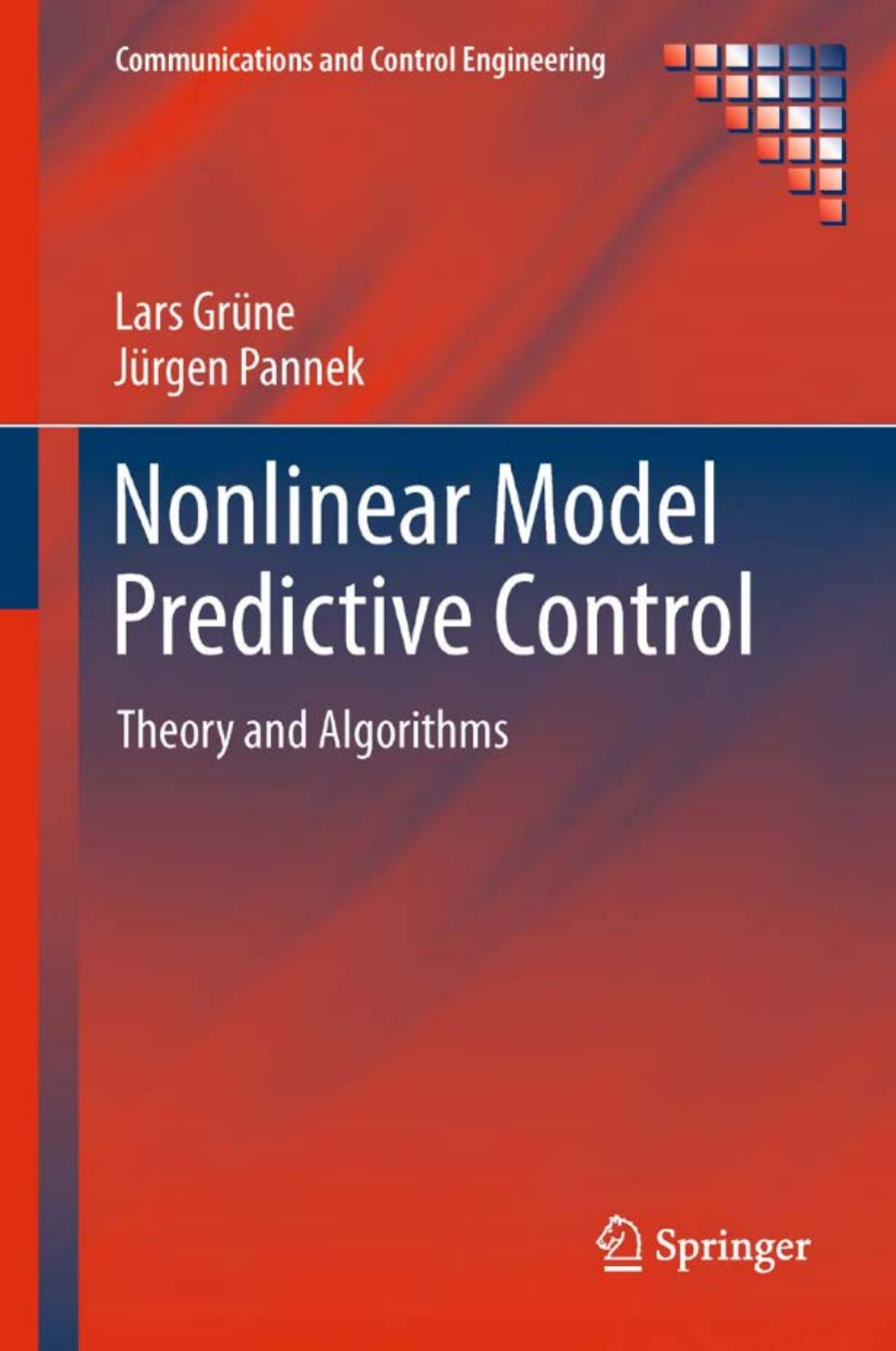
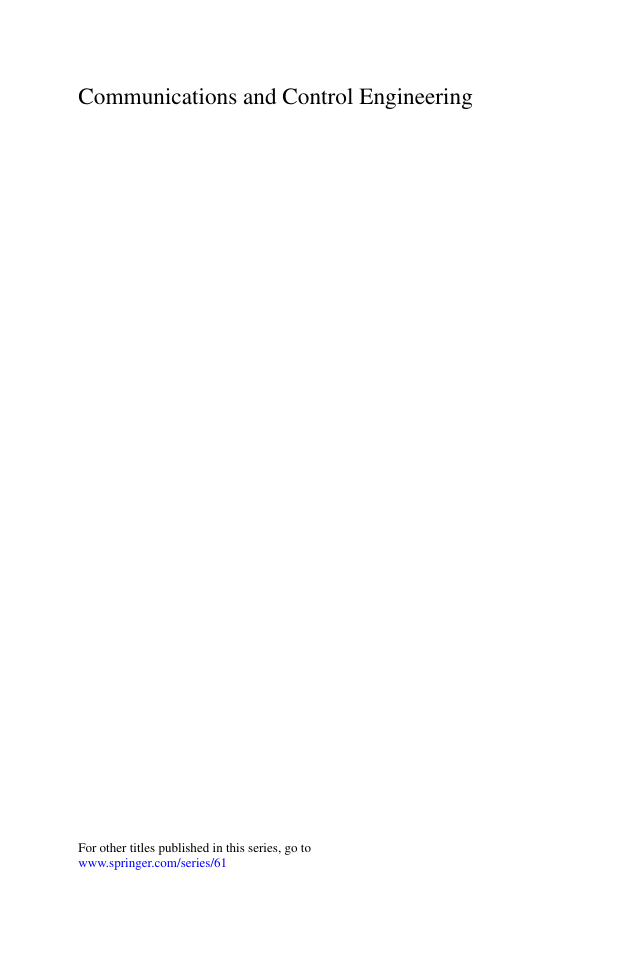

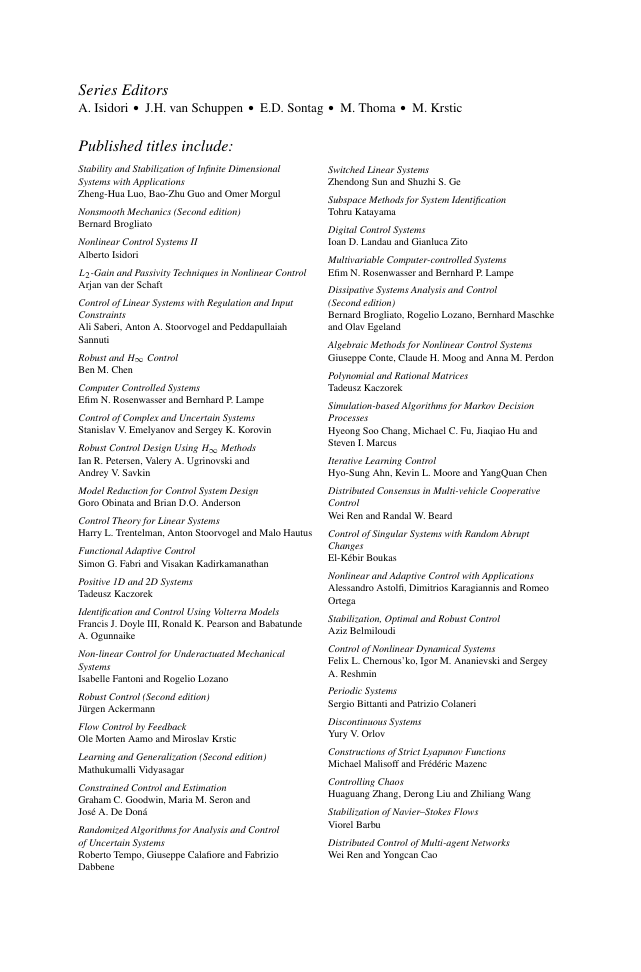
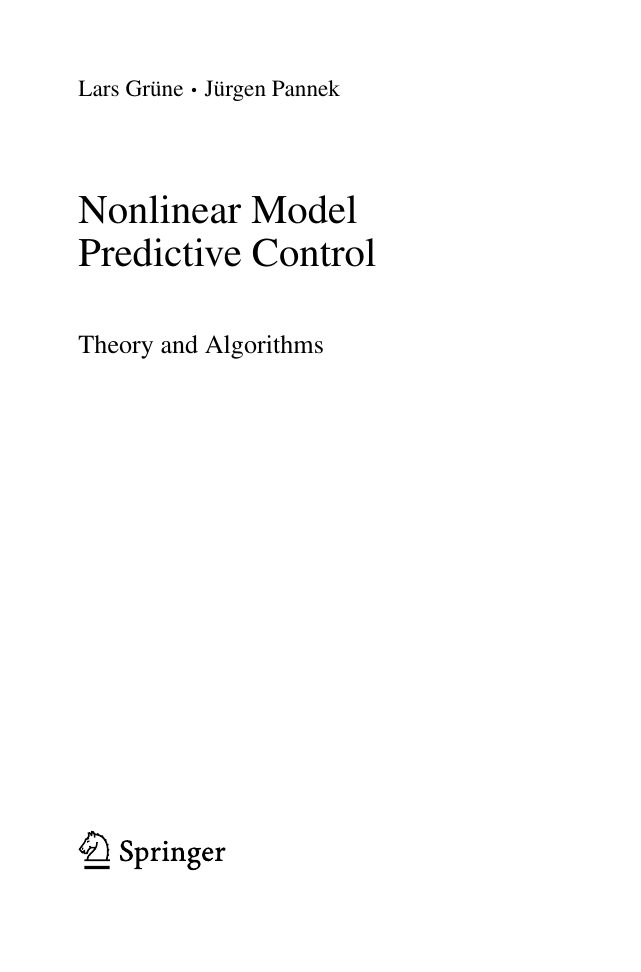
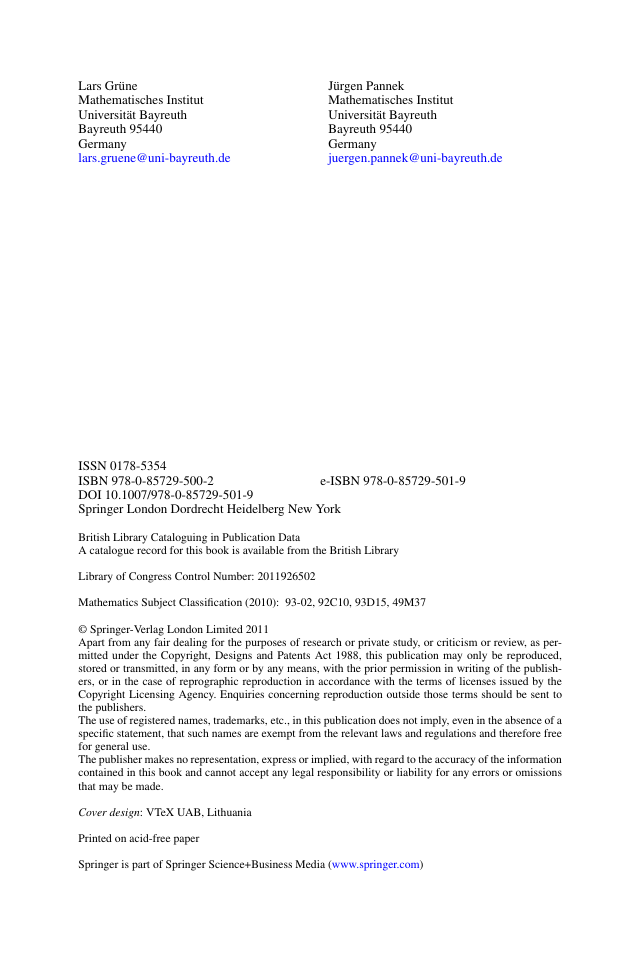










 2023年江西萍乡中考道德与法治真题及答案.doc
2023年江西萍乡中考道德与法治真题及答案.doc 2012年重庆南川中考生物真题及答案.doc
2012年重庆南川中考生物真题及答案.doc 2013年江西师范大学地理学综合及文艺理论基础考研真题.doc
2013年江西师范大学地理学综合及文艺理论基础考研真题.doc 2020年四川甘孜小升初语文真题及答案I卷.doc
2020年四川甘孜小升初语文真题及答案I卷.doc 2020年注册岩土工程师专业基础考试真题及答案.doc
2020年注册岩土工程师专业基础考试真题及答案.doc 2023-2024学年福建省厦门市九年级上学期数学月考试题及答案.doc
2023-2024学年福建省厦门市九年级上学期数学月考试题及答案.doc 2021-2022学年辽宁省沈阳市大东区九年级上学期语文期末试题及答案.doc
2021-2022学年辽宁省沈阳市大东区九年级上学期语文期末试题及答案.doc 2022-2023学年北京东城区初三第一学期物理期末试卷及答案.doc
2022-2023学年北京东城区初三第一学期物理期末试卷及答案.doc 2018上半年江西教师资格初中地理学科知识与教学能力真题及答案.doc
2018上半年江西教师资格初中地理学科知识与教学能力真题及答案.doc 2012年河北国家公务员申论考试真题及答案-省级.doc
2012年河北国家公务员申论考试真题及答案-省级.doc 2020-2021学年江苏省扬州市江都区邵樊片九年级上学期数学第一次质量检测试题及答案.doc
2020-2021学年江苏省扬州市江都区邵樊片九年级上学期数学第一次质量检测试题及答案.doc 2022下半年黑龙江教师资格证中学综合素质真题及答案.doc
2022下半年黑龙江教师资格证中学综合素质真题及答案.doc